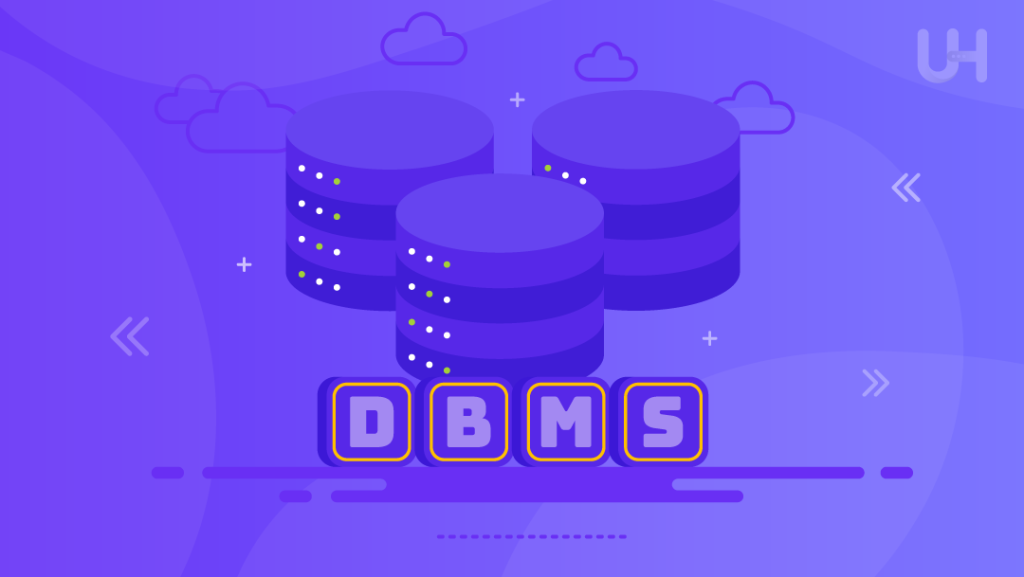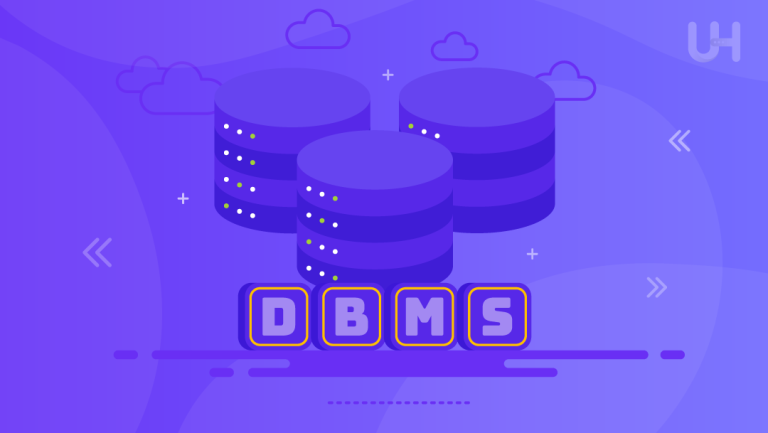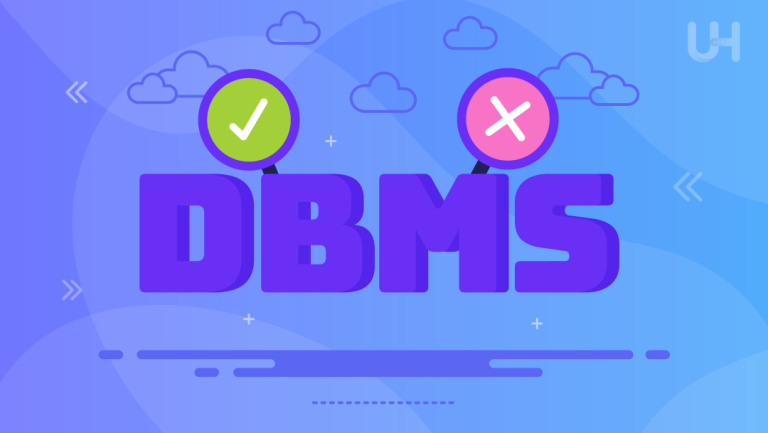Database mirroring is the most highly available solution to enhance the reliability and availability of databases. This technique involves maintaining a precise replica of the database on a secondary server in case something happens to the primary one-the database would still be available. Mirroring is performed in real-time, and changes inside a database will be instantaneously reflected in the secondary server, so switching to it can be seamless anytime. It is a very common technology in SQL Server environments for improving uptimes, data protection, and disaster recovery strategies.
In this article, we will explore database mirroring, how it works with SQL Server, and its various modes. We will also examine the pros and cons of this technology, provide use cases across industries, and how it can enable businesses that rely on their SQL Server databases to run mission-critical applications.
What is Database Mirroring?
Database mirroring is a technique used to improve the availability and reliability of SQL Server databases. It has two database copies: a principal database and a mirror database. The principal database is a live, active database where all transactions are performed; this serves its purpose. The mirror database is an exact, real-time copy of the principal database. Continuous data replication synchronizes the two copies, keeping the mirror database current with the principal.
Thus, the mirror database can step in with minimal disruption to an application if that principal database encounters some sort of failure. Synchronization of databases can be performed in either synchronous or asynchronous modes, depending on the favorable method to use. Database mirroring can always be operated in synchronous or asynchronous modes, depending on which is more favorable for data performance and protection. AlwaysOn Availability Groups are also supported by SQL Server. However, database mirroring is still a very common choice for those who want a low-cost, no-frills solution for database failover.
How Does SQL Server Database Mirroring Work?
In SQL Server, database mirroring is the process of mirroring, with as close to zero latency as possible, each transaction occurring on the principal database to the secondary server. Both databases are always in sync, even during system failures. SQL Server handles the mirroring process automatically, and direct setup can be made available where both principal and mirror servers are connected, and transactions are mirrored in real time. When something goes wrong on the primary, the mirror database just takes over with minimal downtime.
SQL Server has two primary types of mirroring modes: synchronous and asynchronous. In synchronous mode, each transaction that occurs on the principal database must be committed on the mirror database before it is complete to ensure zero data loss. In asynchronous mode, the transactions occur first at the principal database and later propagate to the mirror database. Asynchronous mirroring is usually utilized in environments where performance matters more than ensuring zero data loss.
Database Mirroring Modes

SQL Server database mirroring supports multiple modes that provide a different balance of safety and performance options related to failover. Understanding these modes is crucial to selecting the right configuration based on your environment’s needs.
High-Safety Mode with Automatic Failover
High-Safety Mode with Automatic Failover provides the highest data privacy protection and ensures no data is lost. Within this mode, the transactions are fully synchronized between the principal and mirror databases. This means the mirror database will always retain a real-time copy of the principal. In the event of any failure, the system will fail over to the mirror automatically without manual intervention.
This mode requires a third server, a witness server, to monitor the connection between the principal and mirror for easier automation of the failover process. This is ideal for mission-critical applications where an outage or loss of data cannot be afforded.
High-Safety Mode without Automatic Failover
High-Safety Mode without Automatic Failover offers the same level of protection for the data, just as much as the setup for automatic failover does, but with manual intervention on failover. Under High-Safety Mode, transactions are mirrored synchronously, meaning there is zero data loss. However, in the event of failure of the principal server, the database administrator must initiate failover to the mirror server. This mode should be applied when automatic failover is not required but data integrity is a top priority.
High-Performance Mode
In high-performance mode, performance is prioritized over data safety. Here, in the event of a failover, the transactions on the principal database are not immediately mirrored in the secondary database. Changes are written to the principal database first and then asynchronously mirrored to the mirror database. It minimizes the performance overhead in the primary server, but some data loss is allowed if there is any failure due to a somewhat lagging mirror database. High-Performance Mode is suitable in environments where performance is important, and some data loss can be tolerated to realize reduced latency.
High Availability Mode
A high-availability mode is designed for systems that require high performance and fast recovery of database failures. In most situations, this is commonly implemented along with other forms of high-availability technologies, such as SQL Server AlwaysOn Availability Groups. Although this isn’t strictly database mirroring, it often implements a mirroring-like approach to realize redundancy and automatic failover. The High-Availability Mode is, in effect, always prepared to take over the load should the principal database become unavailable.
Reliable Database Management for High Availability!
Looking to enhance your database’s uptime and reliability? With UltaHost’s MySQL hosting solutions, you can implement high-availability strategies like database mirroring to keep your data accessible, secure, and resilient.
Pros and Cons of Database Mirroring SQL Server
While database mirroring is a high-availability solution for disaster recovery, it also has some advantages and disadvantages when used in a production environment.
Advantages of Database Mirroring
- High Availability: The principle justification for using database mirroring is high availability. In this case, an organization ensures that, by having a runtime copy of the database on another cheap dedicated server, there will be very minimal chances of business going down due to hardware or software failure.
- Disaster Recovery: The mirror database will be promoted as principal in a disaster. This way, businesses can return to operations quickly with minimal data loss.
- Data Protection: Synchronous mirroring ensures that all transactions are committed to both the primary and mirror databases. It provides excellent data protection in the event of a server failure.
- Scalability: Database mirroring can be configured for numerous mirrors so businesses can scale up their high-availability solution to meet their needs.
Disadvantages of Database Mirroring
- Performance Overhead: Synchronous mirroring has a performance overhead since every transaction must be written to the primary and mirror databases before being acknowledged. This can take some fraction of latency on each transaction, especially within the high-transaction environments.
- Limited Geographic Redundancy: Database mirroring can be configured across different geographic locations. However, it often requires a high-speed network connection to ensure performance is not compromised. This can restrict mirroring in scenarios where presence across a large geography is needed.
- Management Complexity: Configuring and maintaining database mirroring can be cumbersome and may be quite extensive in environments involving several servers and mirrors. The process requires fairly regular monitoring and maintenance to ensure that all the databases are synchronized and working as expected.
Use Cases of Database Mirroring in Different Industries
Database mirroring has been used across various industries, benefiting from its high availability and data protection capabilities.
Finance
Database mirroring is a requirement in the financial sector to ensure that transactional data is highly available. Real-time data synchronization enables financial institutions to provide their clients with the most recent information. Database mirroring prevents data loss; upon systems failure, the facilitation of financial transactions, even during disasters, will not be affected.
Retail
Updating the database is very important for retailers in terms of inventory, orders, and customers to ensure that satisfaction is met with their customers. Database mirroring enables retail organizations to minimize downtime and connect online and physical stores to real live data.
Healthcare
The most paramount aspect of healthcare is patient data, which has to be accessible at all times. Database mirroring can also enable healthcare institutions to have continuous access to critical patient records in the event of server failure. All this means that this technology is indispensable in ensuring data privacy and data security and availability as required by regulations.
Education
Educational institutions have huge databases recording students’ information, course materials, and administrative data. Using database mirroring ensures high availability, keeping critical systems up and running with minimal downtime. Paired with reliable solutions like WordPress hosting for education, institutions can provide students and staff with seamless, round-the-clock access to essential resources. Furthermore, implementing document management for education systems streamlines the organization and accessibility of these vast data repositories.
Manufacturing
Manufacturing companies use database systems to monitor inventories, supply chain data, and production schedules. Database mirroring ensures that systems will remain in operation in the event of server failure, delaying or halting production.
Conclusion
Database mirroring is one of the leading high-availability solutions for SQL Server, leveraging more data redundancy, reliability, and resilience within organizations. Companies can only fully exploit all these advantages provided by database mirroring when they understand different modes of operation, benefits, and limitations as such. This leads to seamless operations across various industry verticals with options for every organization’s performance and failover requirements. Moreover, database mirroring will be indispensable to organizations’ data management and disaster recovery strategies.
Reliable hosting is essential for robust database mirroring and seamless application performance. UltaHost’s PHP hosting solutions will give you the speed, security, and uptime needed to support high-availability configurations and protect your data effectively.
FAQ
What is database mirroring in SQL Server?
Database mirroring creates a real-time copy of a primary database on a secondary server for high availability and quick failover.
How does database mirroring work?
It synchronizes transactions between a principal and mirror database, allowing for seamless failover if the primary server fails.
What are the modes of SQL Server database mirroring?
SQL Server offers High-Safety Mode (with and without failover), High-Performance Mode, and High-Availability Mode.
When should High-Performance Mode be used?
High-Performance Mode is best for high-transaction setups needing speed over full data protection.
What are the main benefits of database mirroring?
It provides high availability, disaster recovery, data protection, and scalability.
Which industries benefit from database mirroring?
Industries like finance, retail, healthcare, education, and manufacturing rely on mirroring for high data availability.
What are the limitations of database mirroring?
Limitations include performance overhead, limited geographic redundancy, and complex management for large setups.











